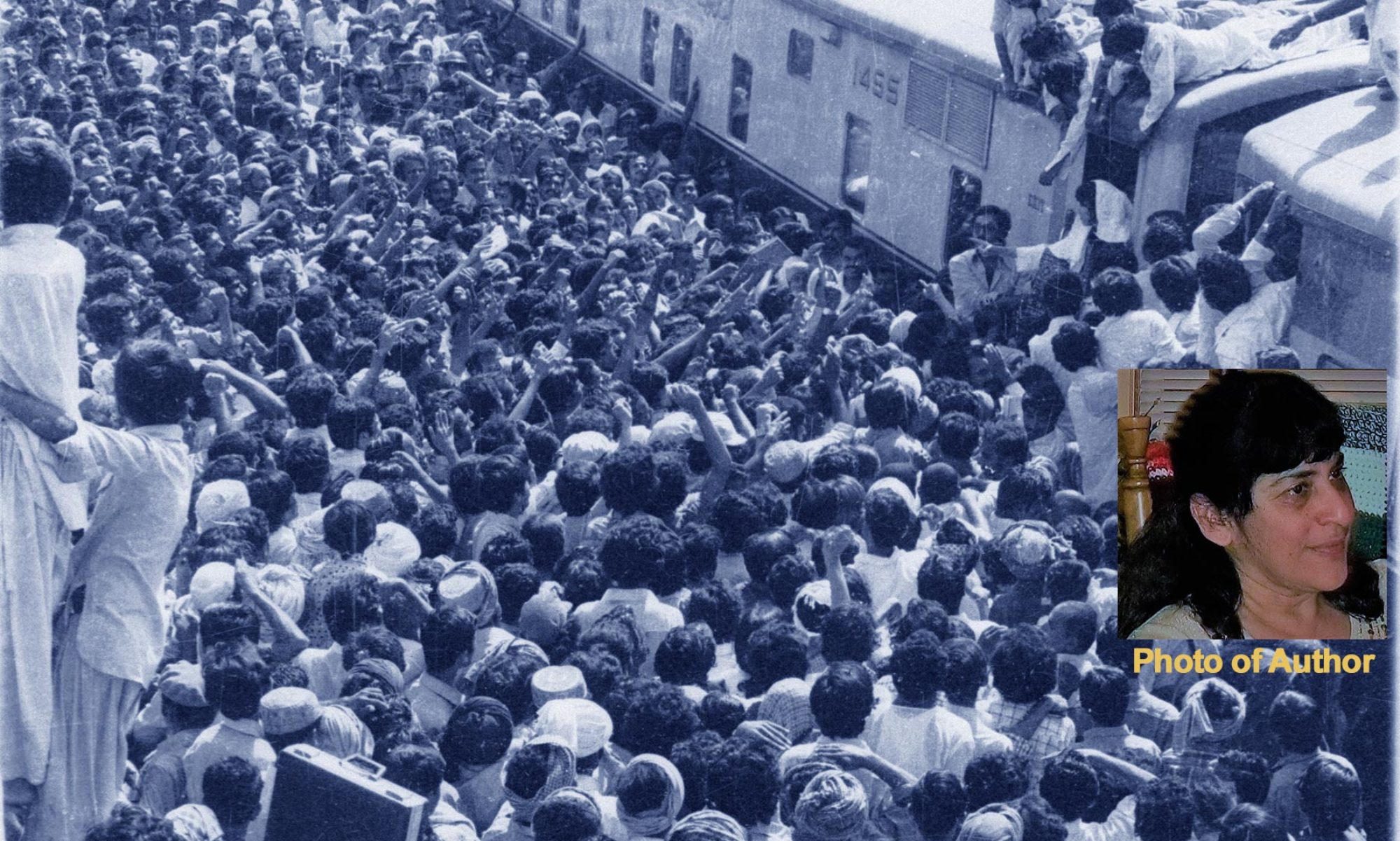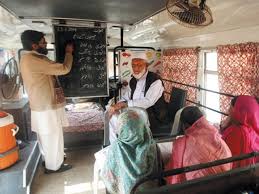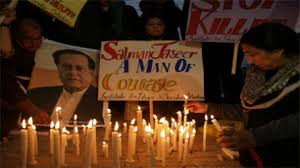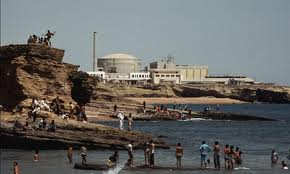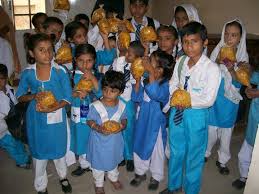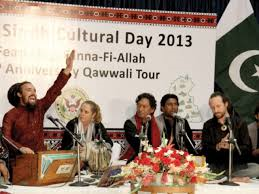
(Credit: balochsamacharan.com)
Two catastrophic temblors jolted Awaran and Kech districts of Balochistan in September last year. While the episode has been obscured by a series of new headlines in media, miseries continue to shake the affectees.
According to the data of the National Disaster Management Authority, 386 people were killed and 816 injured. Malar and Mashkai tehsils of Awaran were the worst hit. The NDMA confirms more than 32,000 houses were flattened out and more than 14,000 partially damaged. Unofficial sources claim that the digits are watered down. Numbers aside, death and devastation is certainly enormous. Life is still scrambling through the heaps of debris particularly in Awaran district. Countless people are still homeless taking shelter with their relatives and acquaintances in neighbouring Lasbela, Hub and other areas.
Local communities bemoan that only a fraction of the promised compensation has been disbursed by the government. Hundreds of hapless families are unable to reconstruct their mud houses. Most of the schools and health facilities are not yet restored.
Balochistan is a chronic victim of natural and unnatural miseries. Earthquakes, floods and droughts keep visiting the province frequently. Socio-economic indicators of the province are at sub-human level and Awaran is among the bottom districts of the province. Awaran is victim of a double whammy i.e. distressful human development indicators and pervasive militancy. The district is among the least developed areas of the country and the disaster has further devastated the poverty-stricken people.
In a national ranking of districts carried out by a renowned research organisation Social Policy and Development Centre (SPDC), Awaran was 20th most deprived among 26 districts of the province in 2001. It ranked as 93rd most deprived among 100 districts in the country. Another study of SPDC “Social and Economic Development Ranking of Districts of Pakistan” also ranked Awaran at 84th number out of 94 districts. SPDC and the World Food Program reports show 54 per cent population as poor in the district.
Awaran is the 4th largest district of the province, sparsely populated with only four persons dwelling per sq. kilometre. According to the district profile of Awaran published by “Punjab Lok Sujag”, agriculture and livestock are the two major sources of livelihood. Out of 488 villages in Awaran and neighbouring Lasbela district only 83 have dispensaries. Most of these health facilities are ailing from shortage of doctors, paramedical staff, medicine and equipment.
At the time of earthquake, the district-headquarter hospital had only one doctor seen confounded to manage thousands of injured. Even first aid services were not available to meet the unexpected flow of patients. It compelled the authorities to transport hundreds of injured to Karachi and other areas to save their lives.
Poverty is rampant as 88 children out of 1000 live births die within five years and 47 per cent children are underweight. Women are at the bottom of the pit with only 11 per cent girls availing the luxury of secondary education. According to the district profile conducted by Balochistan’s Planning and Development Department in collaboration with the Unicef in 2011, the total population of Awaran district stood at 124,000 and only 49 per cent of the people had national identity cards (NICs). Not having CNIC deprives one from even relief supplies during disaster and invites humiliation when roadside frisking is carried out by security agencies.
Immediately after the earthquake, relief operations were commenced. However, the efforts of national and international humanitarian groups suffered severe impediments mainly because of security related confinements. International aid agencies were not allowed to operate and national humanitarian agencies were denied a sacrosanct NoC and thus restricted from mobilising much-needed resources. All this was done under the pretext of security concerns.
While relief work was going on, an operation was also launched in the worst-hit parts of the district. Militancy is an undeniable reality in the area. There were instances when the government functionaries were intimidated and deterred from working in the area. Rockets were fired when the chief minister visited the area with his entourage. Baloch nationalist groups alleged that security agencies are trying to control the area hitherto dominated by insurgents. It triggered a fresh spate of skirmishes.
In such a hostile situation, local youth and male family members avoided risking their lives and thus couldn’t move to collect relief goods as the routes were unsafe and local people, specially youth, were being stalked. It multiplied the miseries of ordinary disaster victims who suffered agonies and pains merely for belonging to this area. Women suffered the most as they remain immobile due to traditional strictures. Since male-folk could not move fearlessly, it deprived women affectees of food, medicine, water & sanitation and shelter support. Women-specific needs hardly drew any attention in this bedlam and chaos. In fact the government lost an opportunity to reintegrate the disgruntled local communities.
Because of harsh attitude of security personnel, local communities are already dejected. Restricting relief operation has further fortified their alienation. It would have been strategically prudent to facilitate relief work rather than hampering it to provide much needed solace to local communities. Thousands of affectees were denied rightful relief support due to unnecessary confinements.
Realising the intensity of miseries of local communities and lackluster relief work, at one stage the Chief Minister of Balochistan, Dr Abdul Malik, made a desperate appeal for international aid but the federal government rejected his requests and refused to issue no-objection certificates to the UN and other international agencies. Arguably, the appeal for international aid should be the last resort and one should realise that if a chief minister of the province resorted to that, it must have justified reasons.
If provinces are authorised to seek foreign loans and investments, there is no reason to deny their right to seek international support during emergencies if response is listless and insufficient. Whereas international aid appeal injures national self-esteem and pride, absence of adequate relief support hurts thousands of victims as well. Had there been a swift and sufficient local response, no one would have desired foreign charity.
Although international aid agencies were ostracised, some of them were willing to provide support through national humanitarian organisations but the enigmatic demand for NoC blocked all such initiatives. A simple NoC issued by the provincial authorities would have facilitated national humanitarian organisations to mobilize funds even without any appeal for international aid.
Surprisingly, the provincial government did not take up the issue with due seriousness. Although local authorities did not stop national humanitarian organisations from providing relief support, international aid agencies were reluctant to provide funding to national organisations in absence of NoC. Such approach of international humanitarian agencies, specially the UN, can also be questioned. Relief as a humanitarian support should not be subservient to host government’s NoCs. There is no justification to deny humanitarian support through national civil society on flimsy ground of no objection certificate. This confined national humanitarian organisations to rely only on meager local philanthropy which was soon dwarfed by the enormous needs on ground.
National Humanitarian Network (NHN), a network of Pakistani humanitarian organizations, also highlighted the plight of affectees due to insufficient aid, yet it fell on deaf ears of decision makers. Humanitarian response in conflict-stricken areas is a challenging task, yet it cannot be compromised because of security reasons. Thousands of disaster victims cannot be denied their right to receive relief aid at the time of misery, specially when it is a natural disaster.
State, civil society and international humanitarian community are under moral obligation to extend humanitarian aid even in the worse situation. What was even more ironic that while national civil society was restricted through NoC, religious outfits did not need such an exemption and operated freely to provide relief services. Whereas this act deserves appreciation, it has political dimensions as well.
Unlike civil society, faith-based organisations seize such opportunities to penetrate in local communities and proselytise their religious and sectarian dictums. It has been noticed during recent years that faith-based groups are facilitated to make inroads in disaster affected areas whereas civil society is systematically shackled and discouraged. This further shrinks space for already squeezed civil society. Disasters should be considered as humanitarian matter and access to relief should be considered as a basic right of affectees.
